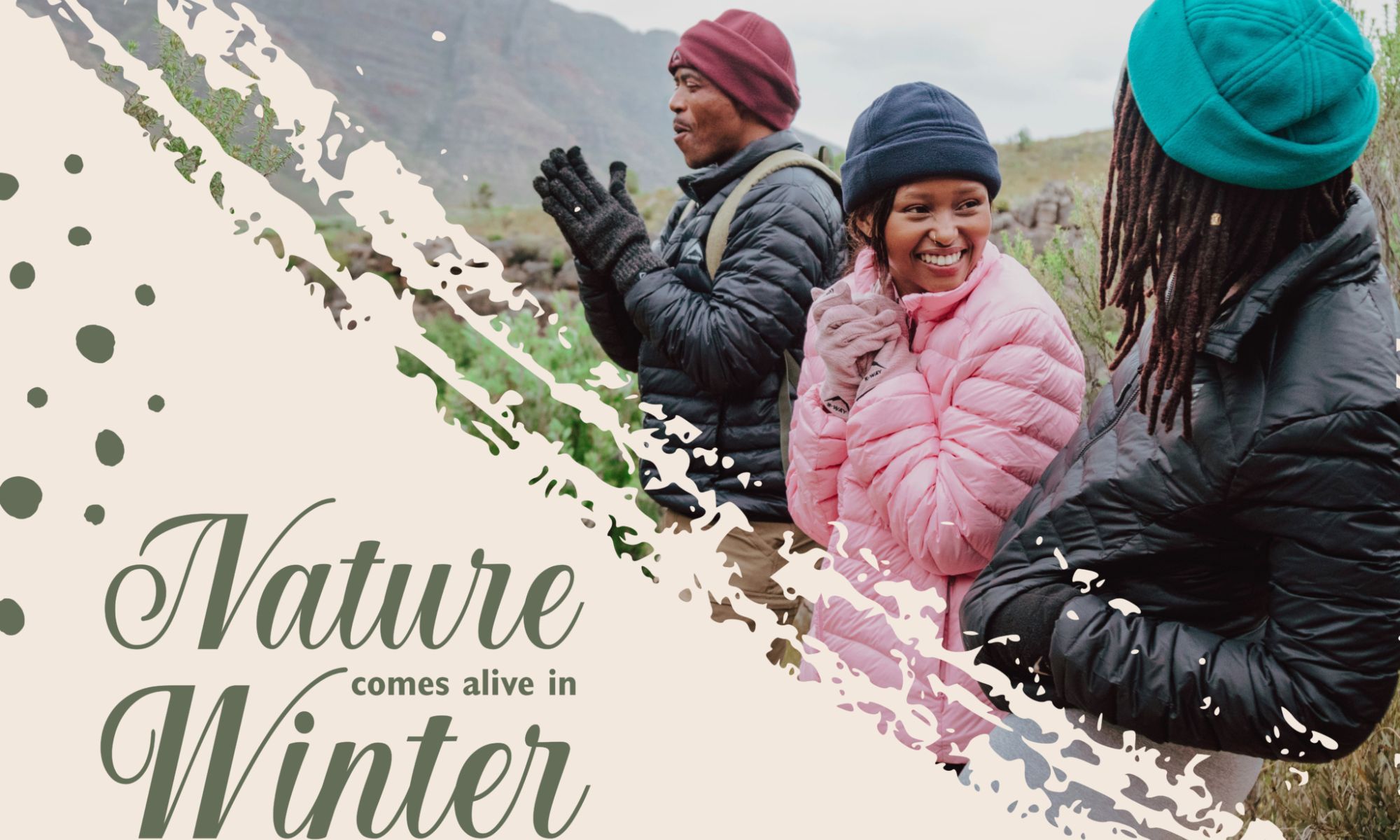
A journey to Keurbooms Nature Reserve – by Scott Ramsay
Words and photos by Scott Ramsay
Keurbooms River Nature Reserve is a small reserve near Plettenberg Bay, and despite its proximity to the busy town, once you've paddled up the river away from the national road, it soon becomes clear that this reserve is another tiny patch of paradise in the Western Cape. Ancient yellow-wood trees line the dark river waters, fish eagles soar overhead, and Knysna turacos flash their crimson wings against the verdant green forest.
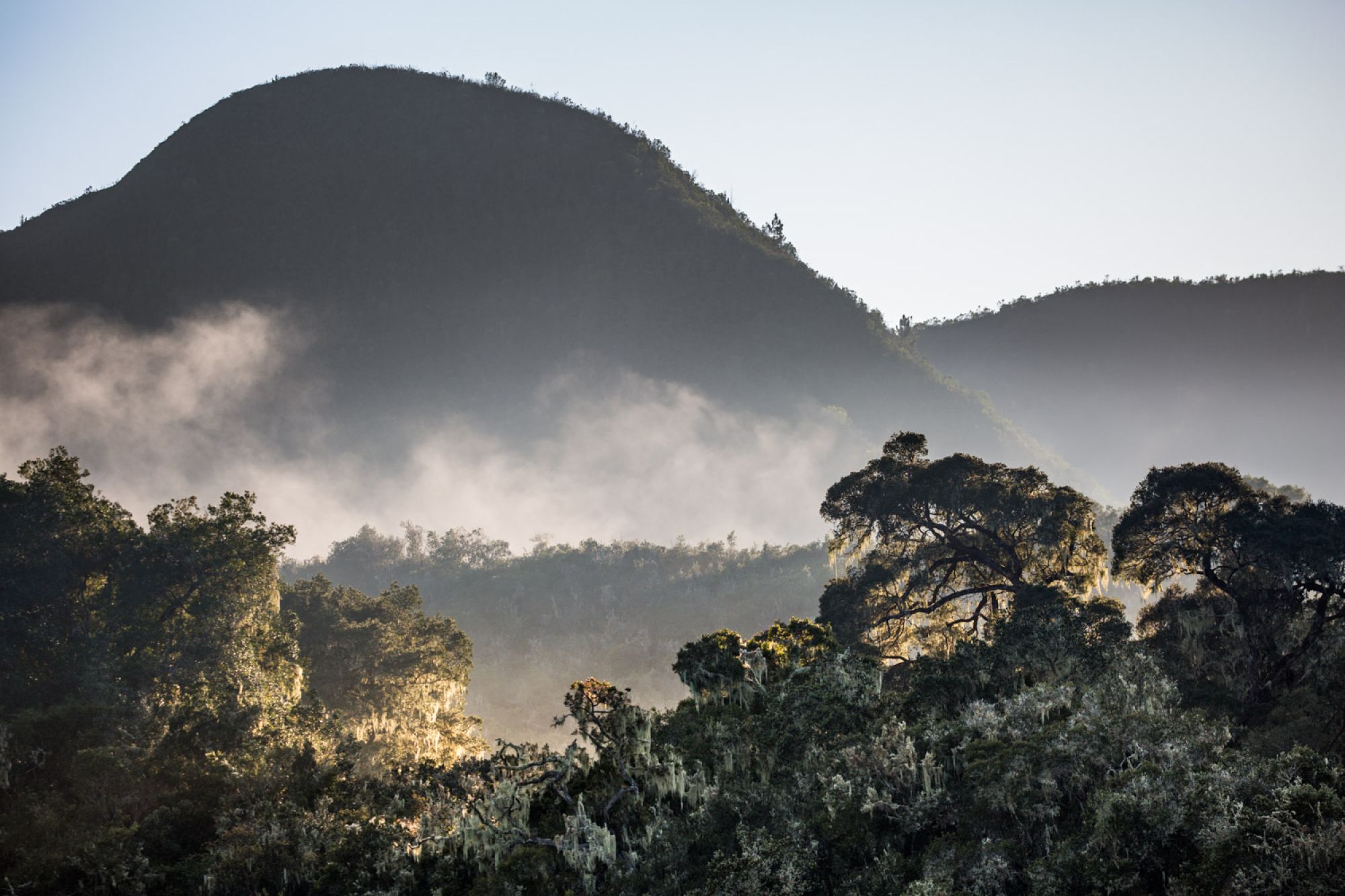
The only way to explore the Keurbooms River all the way to it's higher reaches - up to Whisky Creek Cabin - is by paddling in one of the supplied canoes. CapeNature rents out very comfortable, stable and user-friendly canoes seating two people.
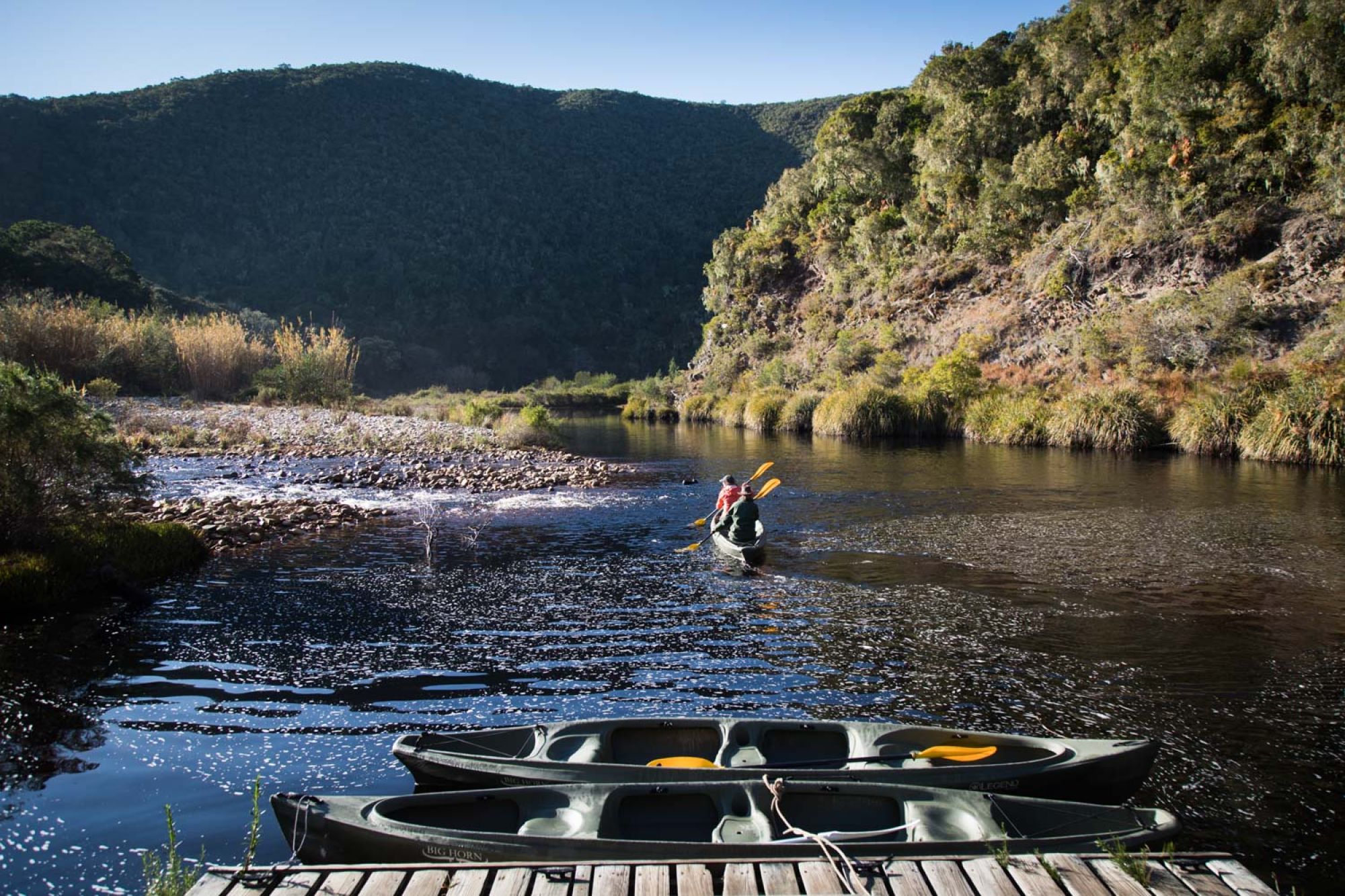
Boating is allowed too, but only upstream to a certain point. Because of lockdown, however, there were no boats on the river, and we had the whole river to ourselves as we paddled on our canoes. Our destination was Whisky Creek Cabin, seven kilometres upriver, near the top end of the reserve.
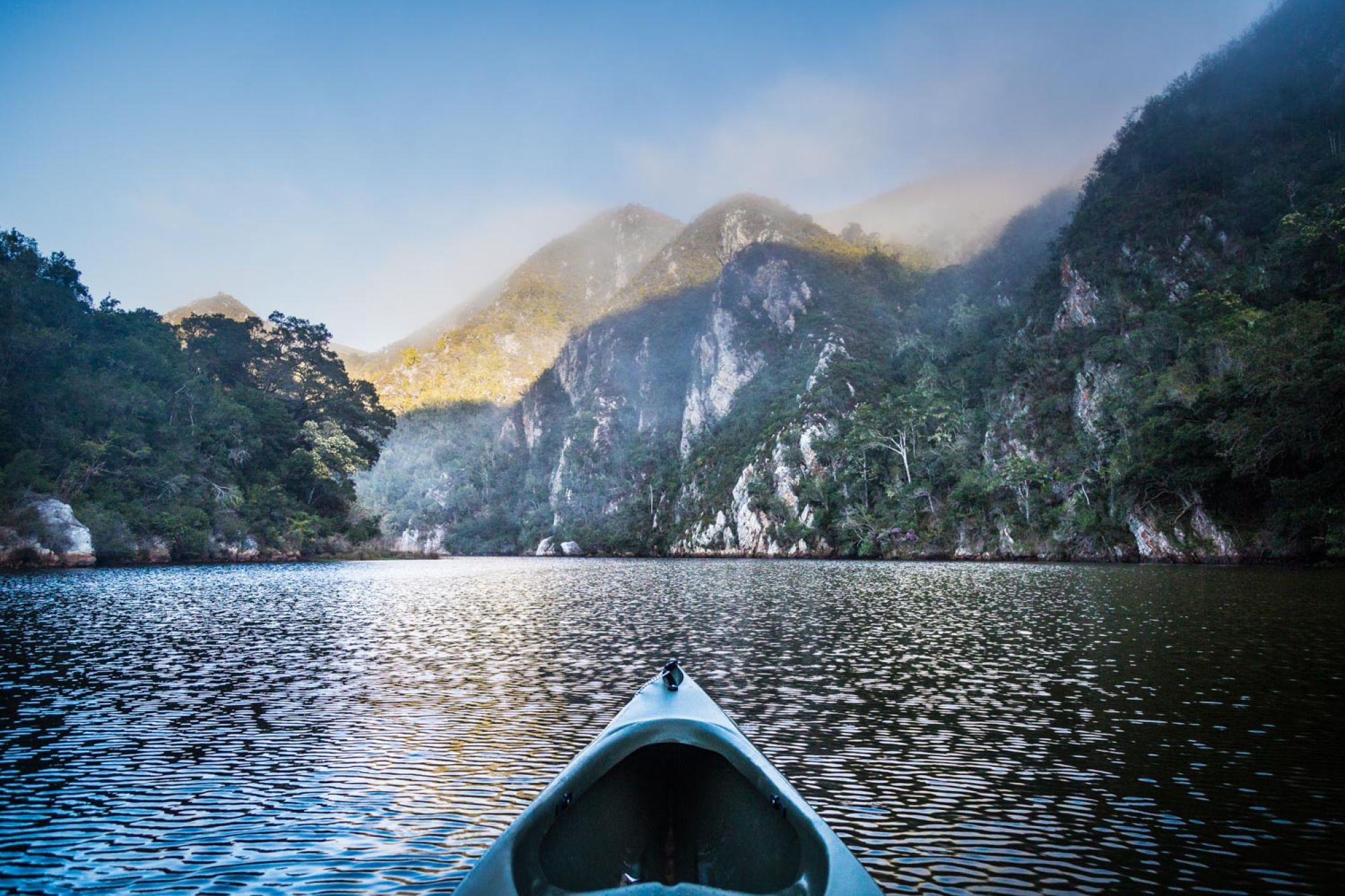
The more you leave the river mouth behind you, the more you fall under Keurboom’s spell. The river gorge narrows and the forests become thicker and seemingly more mysterious. The most obvious arboreal attractions are the immense yellow wood trees standing like guards on the river banks.
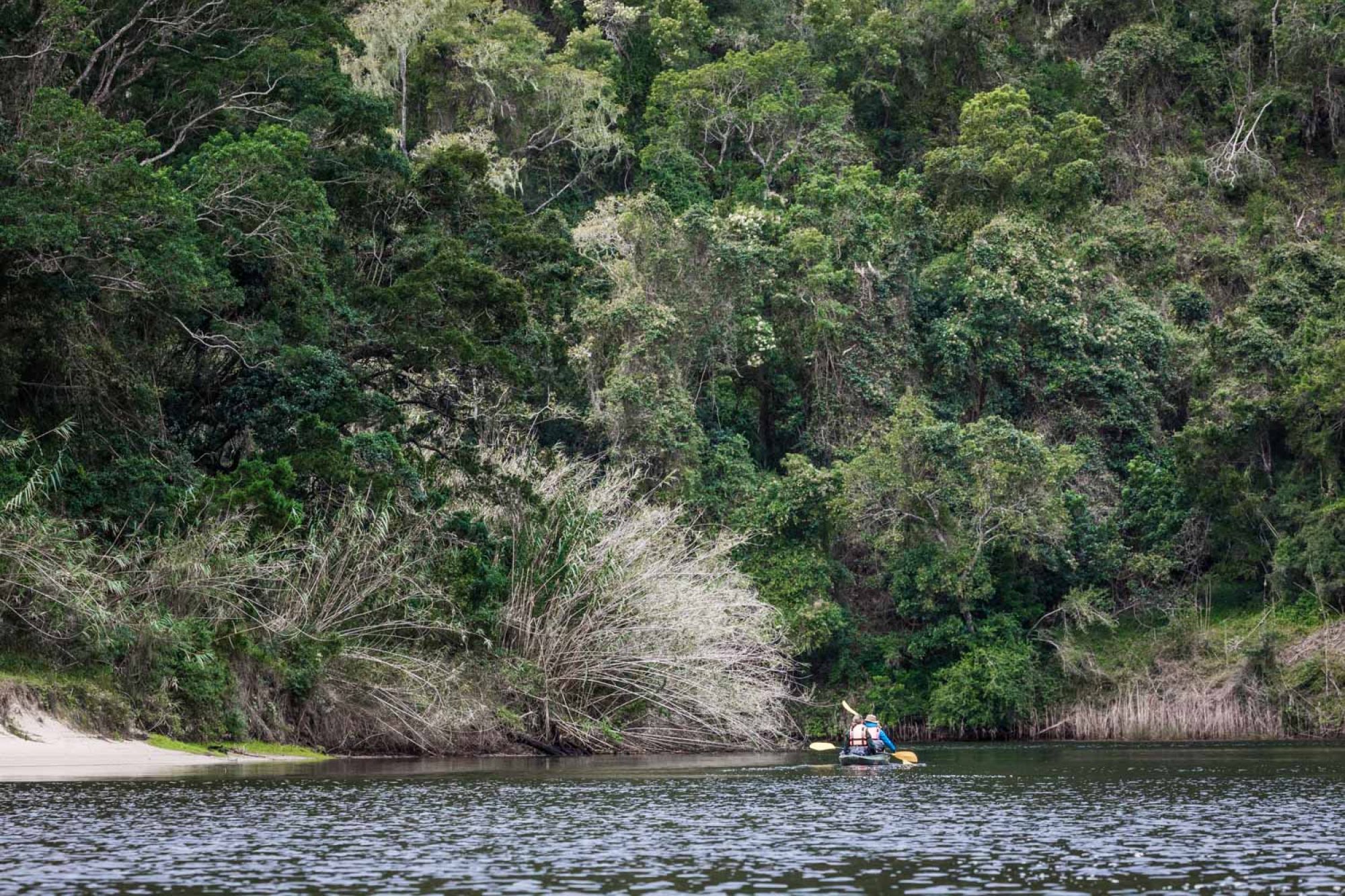
The dense, mostly silent forest has an air of eeriness and timelessness about it. If those trees could talk… they would be able to tell some story! Yellow wood trees in the Knysna forest nearby have been dated to over 1000 years, and I wouldn’t be surprised if some of the yellow woods in the Keurbooms area are almost as old. Old man’s beard – a type of yellow lichen – grows thickly on the forest trees. In early morning and late afternoon, the sun shines through it, leaving beams of golden light. This lichen ceases to grow in air that is even slightly polluted, so judging by the abundance of it in Keurbooms, I can only deduce that the air is very fresh indeed!
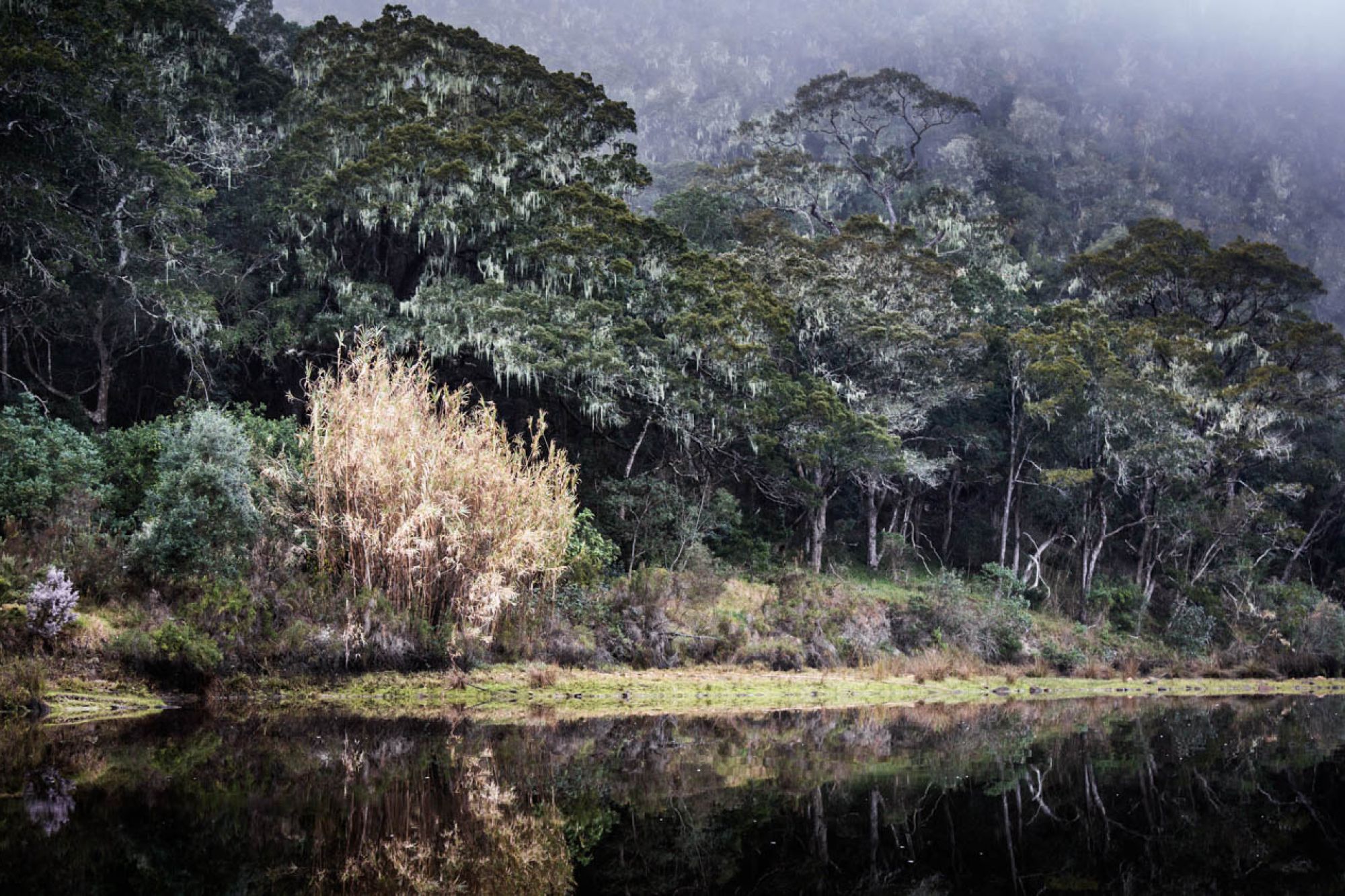
Keurbooms was proclaimed in 1980 specifically to conserve the so-called Afromontane floodplain forest, which is not conserved formally anywhere else in the country. This part of the southern Cape was once filled with wild animals, including elephants, hippos, Cape buffalo, rhinos and lions. Although these large species are gone, when you paddle up the Keurbooms you can get some sense of the wild atmosphere of the past. As you head closer to Whisky Creek cabin, you’re enveloped by pure natural bliss.
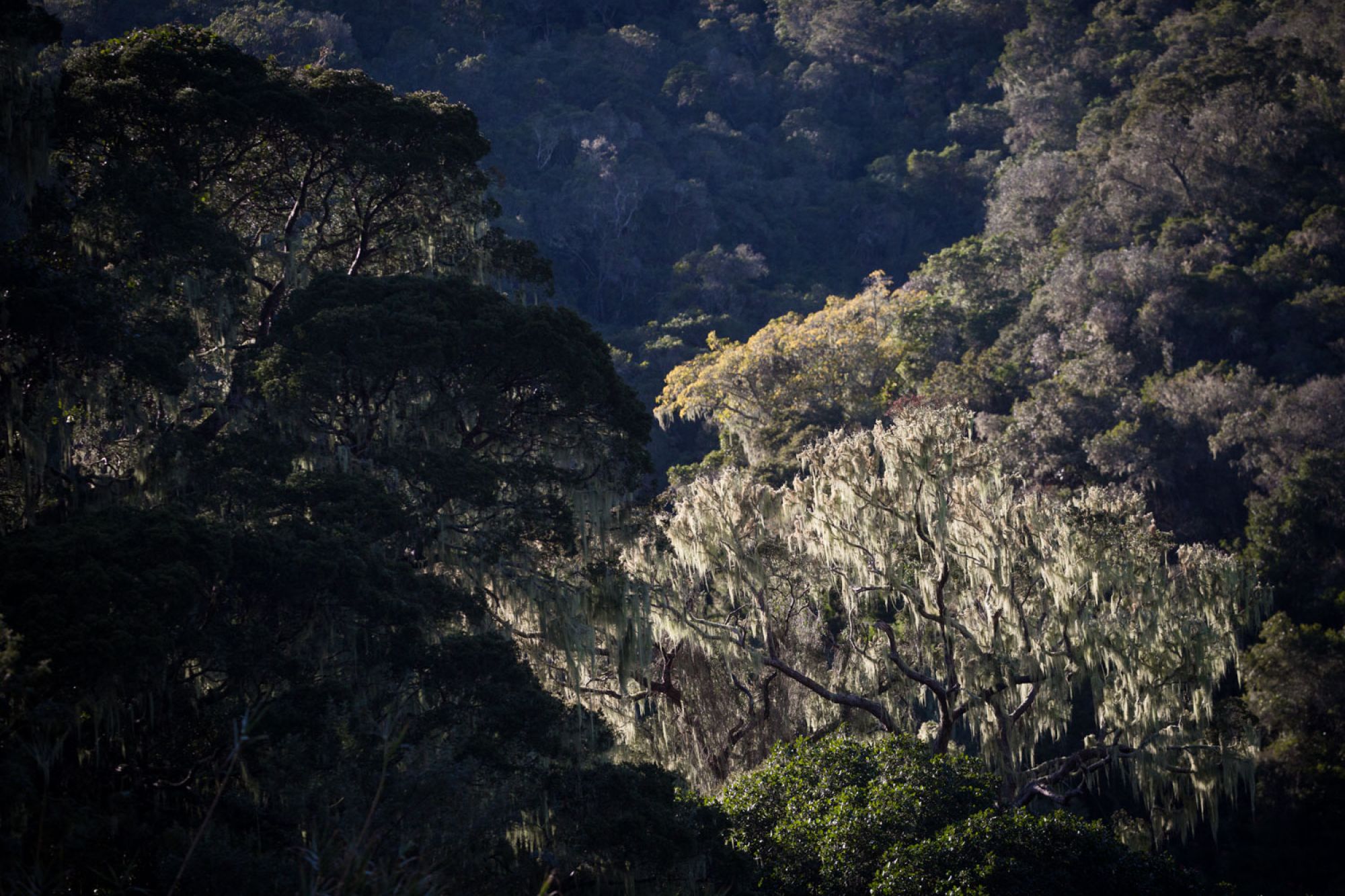
The deep silence of the gorge is broken only by the sound of your paddle dipping into the river. Or by the resident fish eagles which call out from their perches high up the yellow woods. Or by the Knysna loeries kok-kok-koking in the forest. Look out for the flash of crimson on their underwings as these furtive, beautiful birds dart across the river to hide away in another tree.
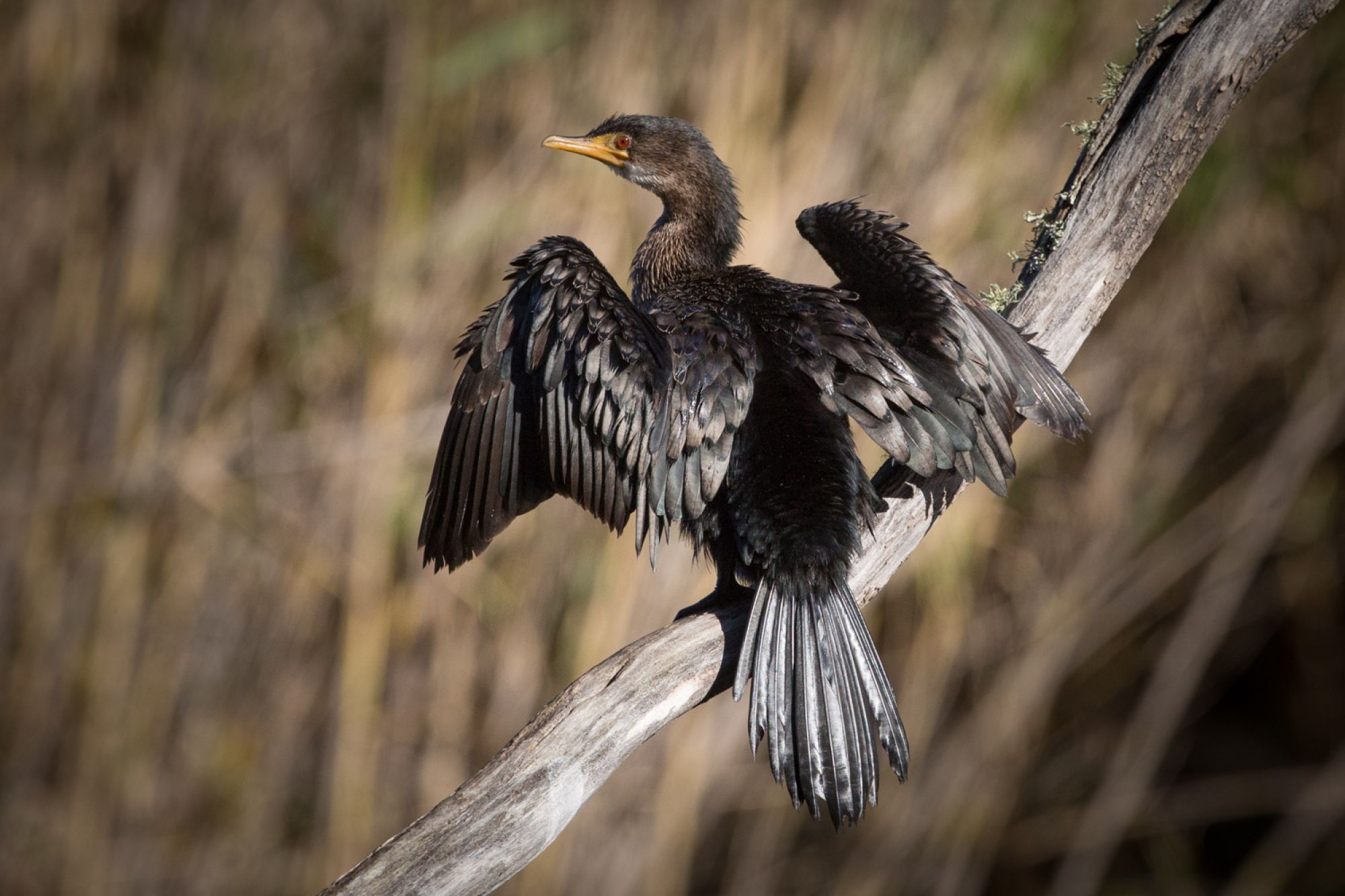
Because it was winter, the aloes were flowering, flaming orange against the green forest. Ericas were in full bloom too, a splendiferous purple feast for the eyes. The colours of the fynbos, and their reflections on the water were spectacular!
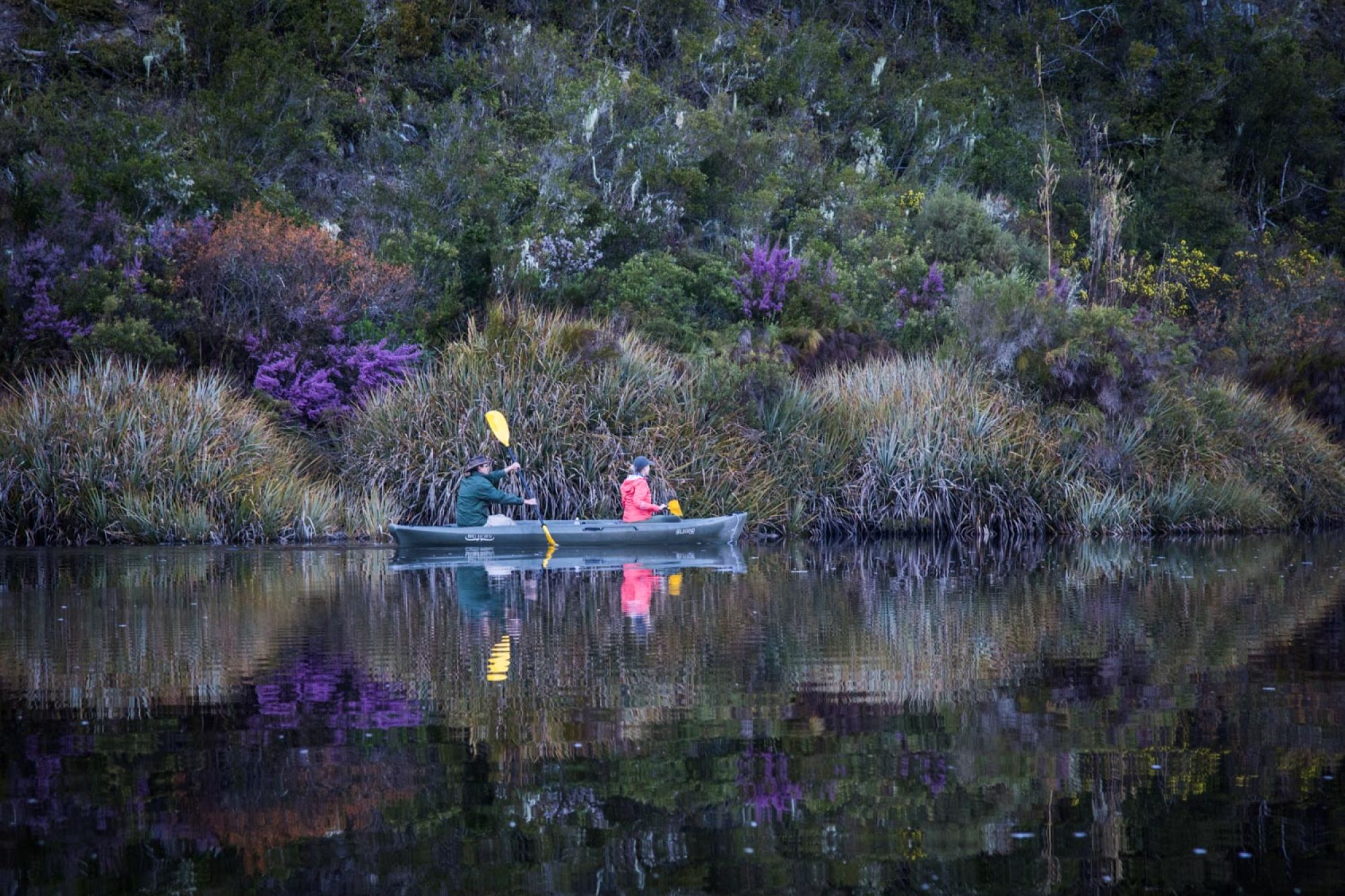
The river is tidal up to the first rapids which lie just below the cabin, so the ocean pushes salt water far upstream. On our way up, we spotted a seal fishing six kilometres up the river! Every day we spotted him far upstream. The river water is dark and clear, and fantastic for safe swimming.
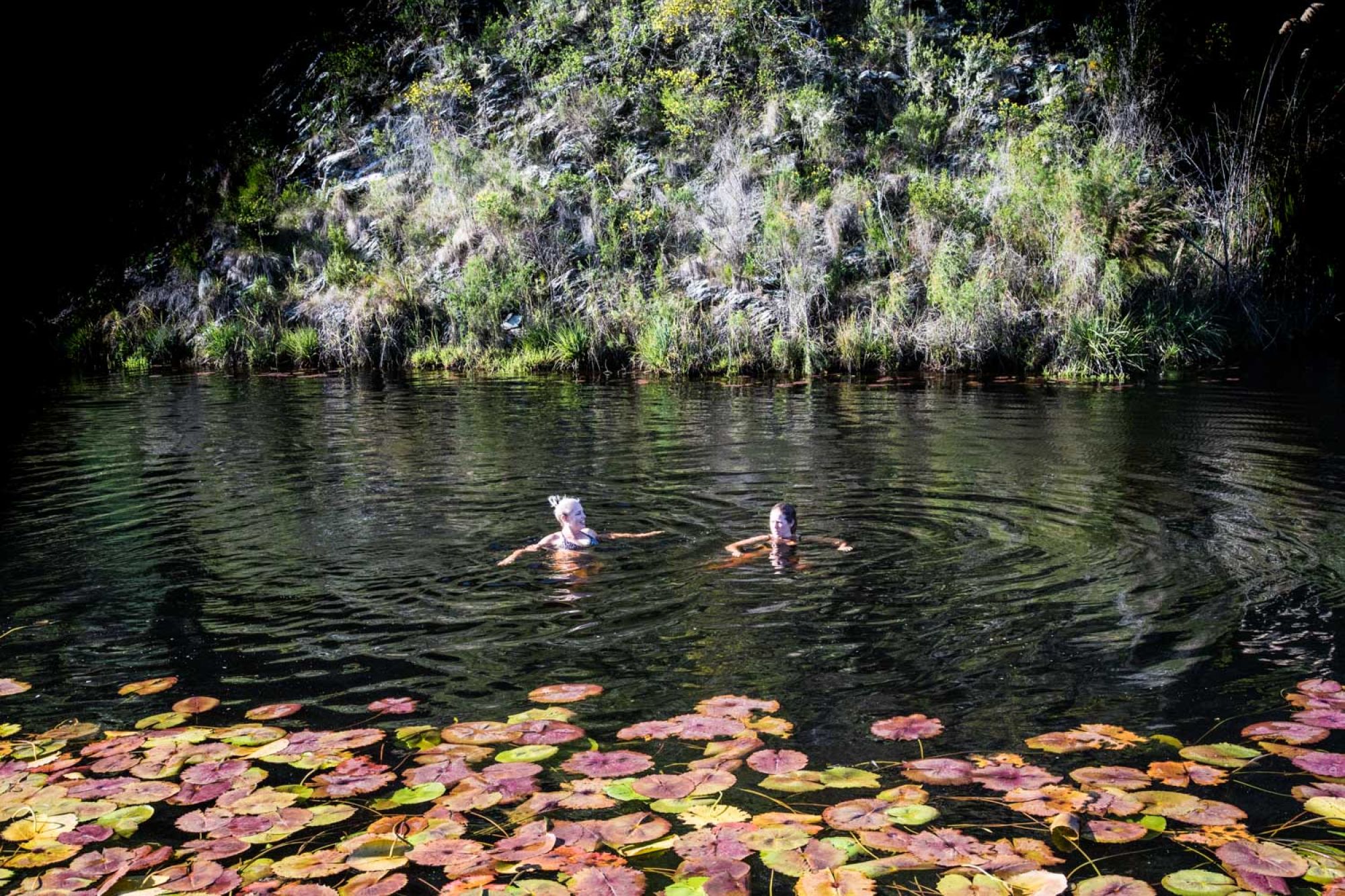
The cabin is simple, but perfect for the reserve. There are bunk beds inside, with a camping fridge and freezer to keep your food and drinks cold. An outside gas hob stove is fine for cooking. And a loo and shower with hot solar water keeps things civilized.
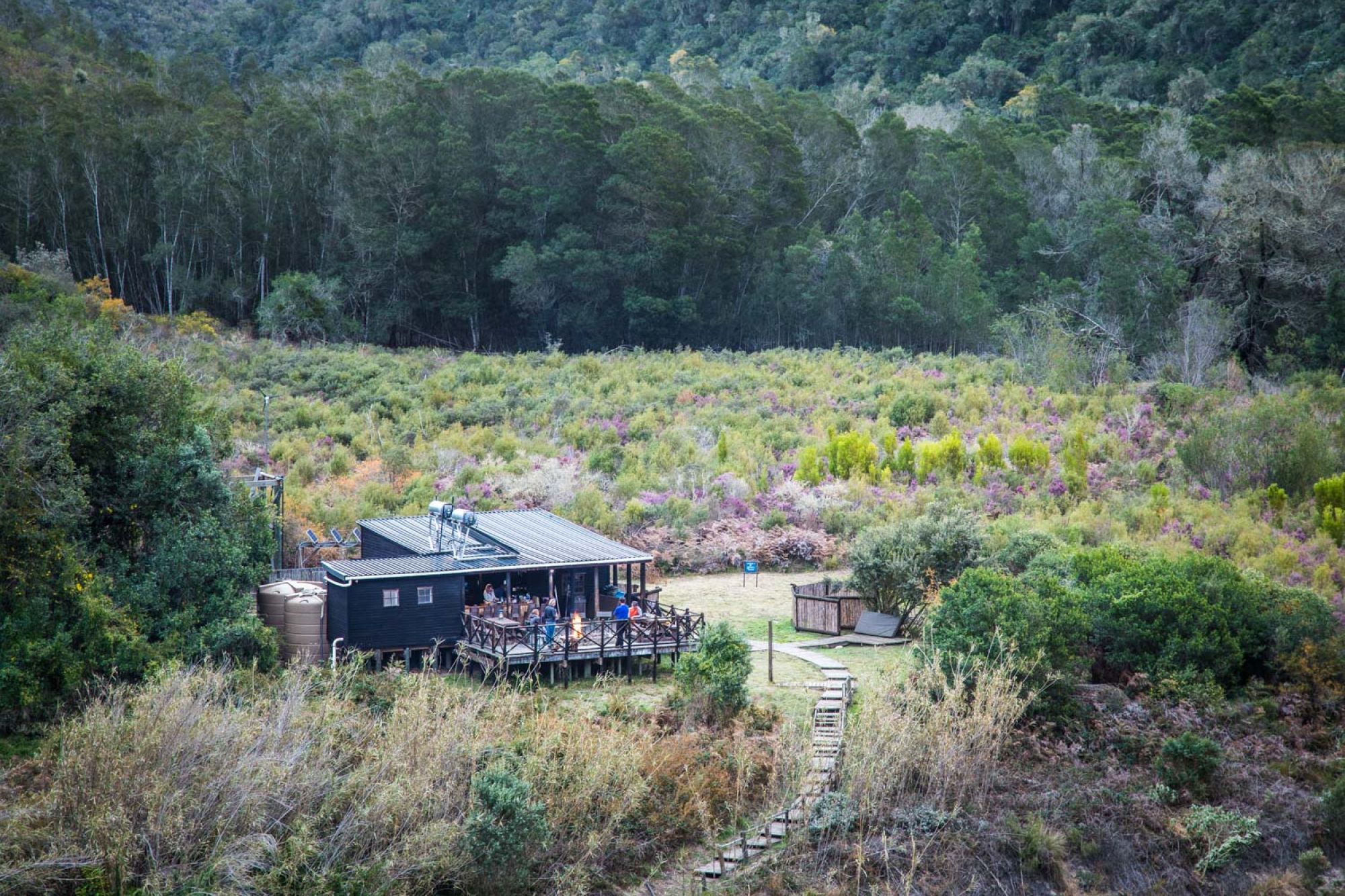
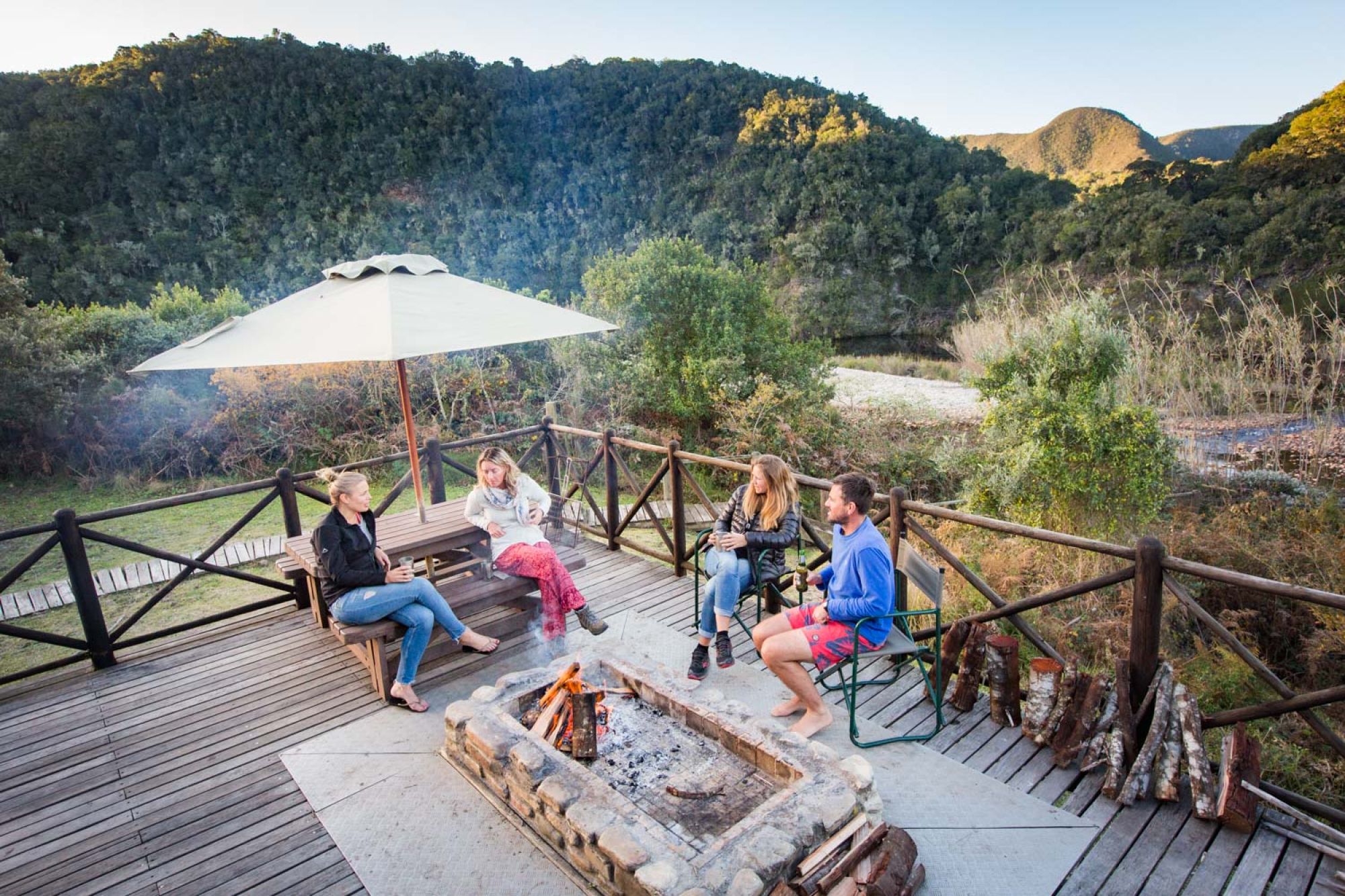
Mornings take on an ecstatic tone. Do yourself a favour and wake up before sunrise to listen to the dawn chorus of birds, and watch the sun rise up through the forest on the opposite bank. Better still, take the mattress off your bunkbed, and sleep outside on the deck. The position of the cabin in the gorge means that there is no artificial light intruding into the night sky. The stars are exceptional.
All in all, Keurbooms is another must-visit reserve for the serious nature lover.




